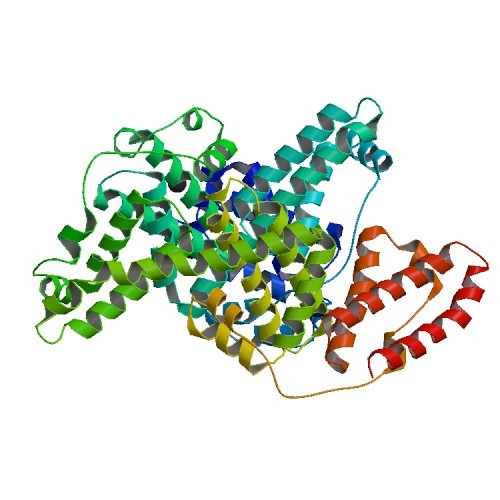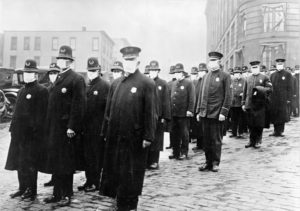
- Q) Why Choose Green Mountain Antibodies Anti-Bovine Serum Albumin Antibody?
To reliably detect bovine serum albumin (BSA), a monoclonal anti-bovine serum albumin antibody was developed by scientists at Green Mountain Antibodies. The BSA antibody works by binding BSA and BSA-conjugated peptides in a solid phase called enzyme-linked immunosorbent assay (ELISA). The monoclonal pairs with a polyclonal antibody also manufactured by Green Mountain Antibodies to make the immunoassay work.
The most recognized fraction of BSA is known as Fraction V. BSA is a very soluble protein extracted easily from cows. Over 50% of the serum’s blood proteins are albumin and can also function as a carrier protein for steroids, fatty acids, and thyroid hormones. It is also vital for stabilizing extracellular fluid volume.
In the laboratory, albumin is commonly used as a blocking agent as an enzyme stabilizer, and as a standard to check for protein concentration. It is important when working with BSA to have a reliable antibody.
Now that we understand the importance of having a reliable antibody against BSA we will address some general questions regarding BSA.
- Q) How Does Bovine Serum Albumin Work as A Blocking Agent?
Blocking agents work by stopping the irregular bindings of antibodies. That is the problematic binding of antibodies to substrates and other off-target components of your assay. For an ELISA, the plate itself will bind proteins and antibodies. Proper ELISA development involves coating the plate with the target protein and then using a blocking agent, i.e., BSA, to “fill in” all the parts of the plate where protein is not present.
A reliable antibody will not detect BSA, only your target protein. Therefore, any positive signal will be from your probe binding your protein and not your probe binding to the ELISA plate. But of course, there is a limitation, your target protein must not have an affinity for BSA. If that is the case, then you cannot use BSA as a blocking agent.
Not all BSA has the same quality or purity. Just picking out something randomly from any catalog could lead to inaccurate results of your experiment. Therefore, you need to obtain the level of quality and purity required for the application. Pure BSA binds more strongly than most proteins to membranes used in immunoblots, i.e., Western blots (WB) which significantly eliminates a lot of background interference.
If you are wondering why it is important to be cautious when purchasing BSA the answer lies in the fact that most products on the market for BSA are contaminated with IgGs which might lead to non-specific bindings. The end goal of the experiment is to detect a protein at biologically relevant levels which require a sensitive assay (free of background). Therefore, you must be selective with your blocking agents, especially with BSA, you must consider types that are free of immunoglobulins.
- Q) What Type of BSA Is Best for My Experiments?
This is a very frequently asked question. Often it pops up and many times it is difficult to answer this correctly. There are many variables that must be considered which are application dependent. One reason behind the ambiguity is the wide range of anti-BSA antibodies available of varying quality and specificities. This often makes it exceedingly difficult to choose the correct BSA antibody for an experiment when the proper antibody has not been selected initially. Each of these products has a characteristic use that makes it perfect for specific lab procedures. The BSA you choose to use will depend strongly on the experiment being conducted and the result you hope to achieve. That is why you should have several types of BSA in your laboratory from known origins.
- Q) For Western Blot, Is BSA An Alternative for Milk?
The most commonly used blocking agents are non-fat milk and BSA. Both have their own advantages and shortcomings. Milk is generally a cheaper and much easier product to be prepared from powder. But milk is simply not good enough to be consumed in the avidin-biotin system. The reason is that milk contains a component called biotin and milk must be avoided when biotin is part of your reporter system. Milk can also interfere with the detection of phosphorylated proteins. In such cases, BSA is a much better option to be used as a blocking agent. There are of course exceptions to this as well, but a good rule is to always start with BSA and then optimize from there.
Contact Green Mountain Anti-bodies for a full range of services for creating new monoclonal antibodies or producing Anti-body: 802-865-6230






